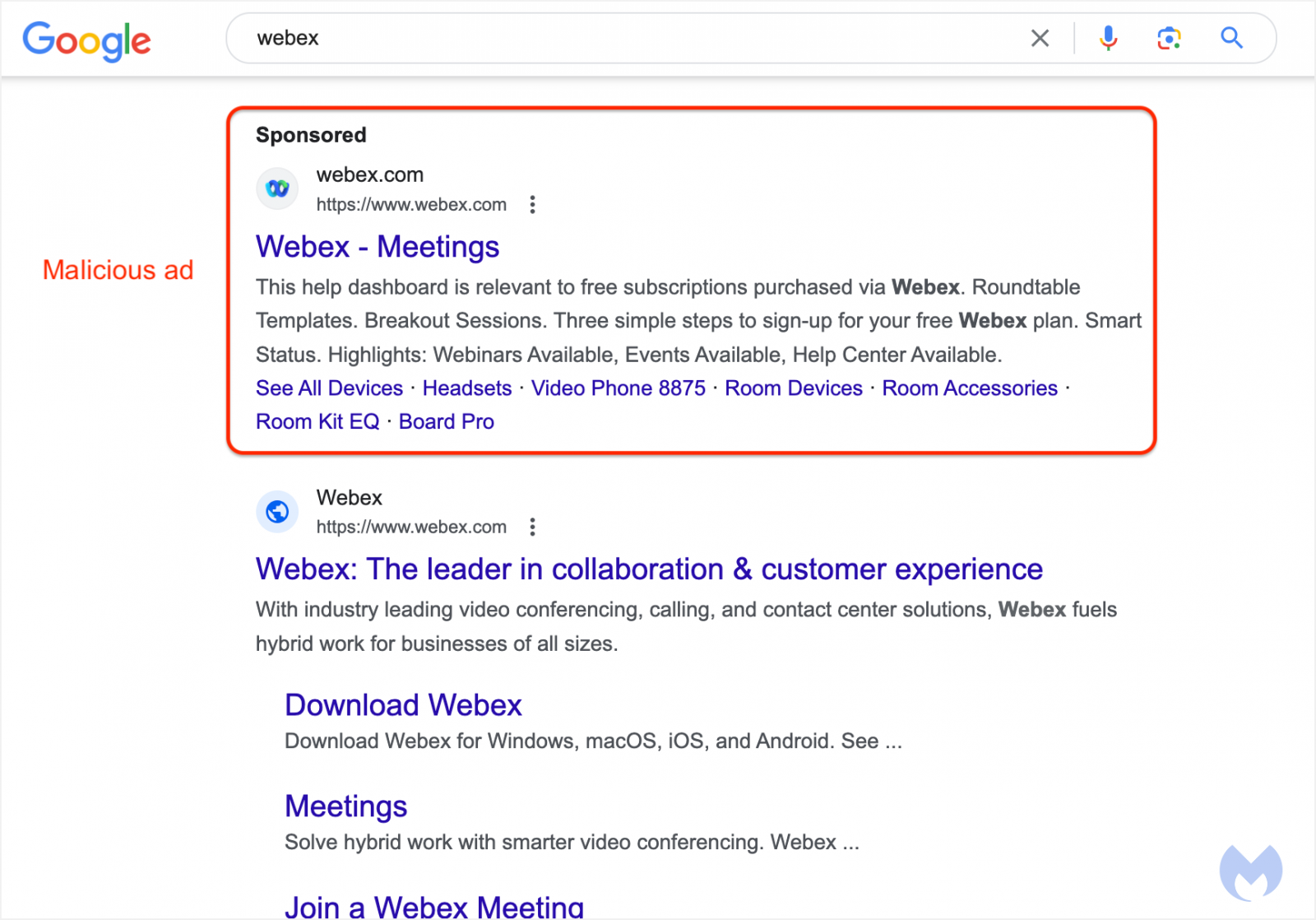- cross-posted to:
- [email protected]
- cross-posted to:
- [email protected]
Most people know at this point that when searching for a popular software package to download, you should be very careful to avoid clicking on any of the search ads that appear, as this has become an extremely common vector for distributing malware to unsuspecting users.
If you thought that you could identify these malicious ads by checking the URL below the ad to see if it directs to the legitimate site, think again! Malware advertisers have found a way to use Google’s Ad platform to fake the URL shown with the ad to make it appear like a legitimate ad for the product when in fact, clicking the ad will redirect to an attacker controlled site serving malware.
Don’t click on search ads or, even better, use an ad-blocker so that you never see them in the first place!




Sorry for the slow reply, but it was a link on LinkedIn and I’m using chrome. It’s frustrating as I use the status bar to check the link is the same as the text before clicking it.
deleted by creator
Just double checked and this also happens in Firefox. I think the other user in this thread has explained it well, looks like a JavaScript intercept onClick to prevent the link action and instead call a JavaScript function to open a different link.
In this case it is built into the site so I guess it is OK on the basis that I am trusting LinkedIn to not do anything malicious but it was more the principle as I had previously looked at the status bar to confirm the link was what I was expecting but in the future I will be more wary. Interestingly, right clicking and selecting “copy link” does actually copy the page which is loaded as opposed to the one on the status bar.
If you have linkedin it seems to be links in direct messages if you would like to see yourself.